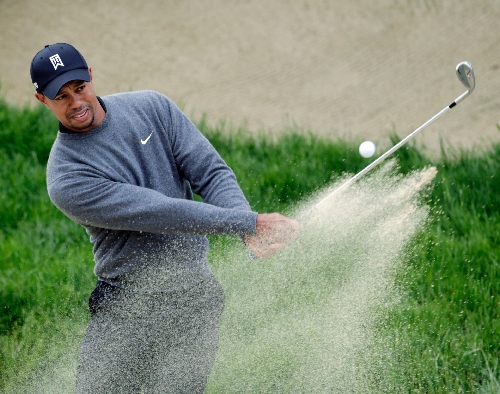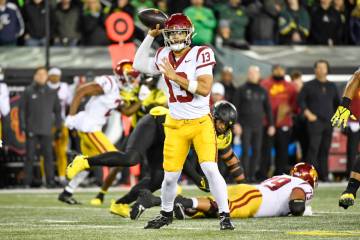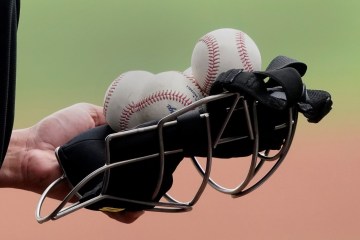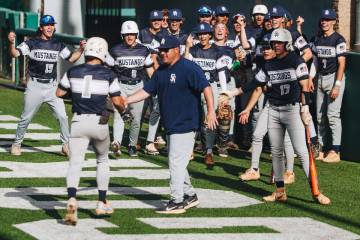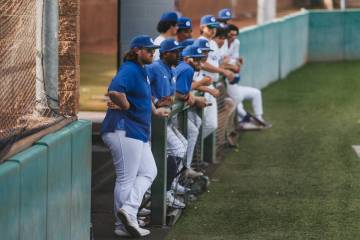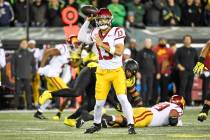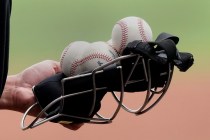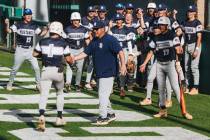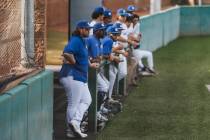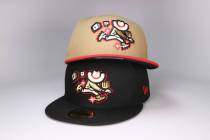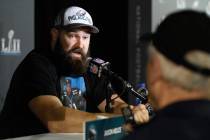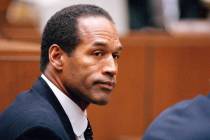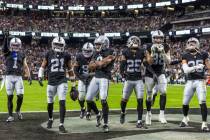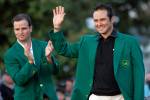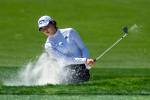U.S. Open course poses ‘real challenge’ to field
SAN FRANCISCO - All it takes is one slight miss for this U.S. Open to get a whole lot harder.
Tiger Woods pushed his tee shot on the 670-yard 16th hole at Olympic Club just enough to find the right rough, which was moist from the marine layer that covered the course Wednesday morning. The ball at least was sitting up, allowing him to take a cut with his 4-iron to get it back in play.
It's rare when Woods can't reach a par 5 in two shots.
But having to smash a 3-wood from 256 yards for his third shot?
In the days leading up to the U.S. Open, the biggest debate was whether the toughest stretch at Olympic was the opening six holes, or all 18 of them. About the only consensus was there won't be a repeat of the score Rory McIlroy posted last year at Congressional - a record-shattering 16-under 268.
Jack Nicklaus, an expert on the U.S. Open from having won four of them, was asked to name the toughest and easiest courses he has played in this championship. He finally settled on Pebble Beach in 1972, when the wind blew so hard that Nicklaus won by three shots at 2-over 290 and never broke 70.
As for the easiest?
As Nicklaus thought back to the 44 times he had played, USGA executive director Mike Davis playfully interrupted.
"You didn't play last year, did you?" he said to Nicklaus.
No one disputes the U.S. Open fulfilled its mission last year by identifying the best player in McIlroy. It just looked more like the Greater Hartford Open.
"We want this event to be a real challenge," Davis said. "I think, looking back, we identified the best player last year. He's been a wonderful champion. But at the same time, I wouldn't want to go through every year where we have four days of wet, soft conditions because it doesn't ... really embellish on what we're trying to do in terms of identifying a national champion."
That sounds like a polite way of the USGA saying that it's time for payback, just like in 1974 after Johnny Miller shot 63 to win at Oakmont.
Only at Olympic, the USGA didn't have to do too much.
No one has brought Olympic to its knees the four previous times it hosted the U.S. Open, and no one sees that happening this year. Never mind that at 7,170 yards it is among the shortest of U.S. Open courses. Olympic always play big.
"What is par, 70?" Masters champion Bubba Watson said. "It's not really 70. It's over par. Five over par at the end of the week, just like at Oakmont (in 2007), probably has a great shot at winning, unless something changes dramatically with the weather or something like that."
The lowest winning score at Olympic in the U.S. Open is 3-under 277. The highest is 7-over 287.
The course essentially was built on the side of a sand dune that leads toward Lake Merced, meaning most fairways are slanted. It's an uphill walk crossing the 17th fairway. The fourth hole slopes severely to the right, but the hole is a dogleg to the left to an elevated green.
"This sort of sets itself apart because of the severity of the fairways, and the fact that you have to shape it into them," Lee Westwood said. "I can't think of any other course that really compares to it."
The U.S. Open begins today, and it won't take long for some buzz to fill the cool, heavy air along the Pacific.
Woods and Phil Mickelson, the biggest (and most one-sided) rivalry of their generation, are playing with Watson in the fourth group of the day, starting on the par-4 ninth hole. The afternoon has McIlroy and two Englishman desperate to win their first major - Westwood and Luke Donald, the world's No. 1 player.
One change to the course was par. It's still at 70, but the opening hole (520 yards) is now a par 4, and the 17th hole (522 yards) is a par 5. That makes the opening six holes a tough way to start the U.S. Open.
The tournament ultimately will be decided on the closing holes, which are different for another reason. Starting with the uphill 14th, players could wind up playing a short iron (usually no more than wedge) into the green on the last five holes. It's not a case of hanging for par. It's trying to make birdies.
U.S. OPEN
COURSE: The Olympic Club, Lake Course (7,170 yards, par 70)
PURSE: TBA ($7.85 million in 2011)
WINNER'S SHARE: TBA ($1.44 million in 2011)
TV: ESPN (today and Friday, 10 a.m.-
noon, 2-7 p.m.; Monday playoff, if necessary, 9-11 a.m.), NBC (today and Friday, noon-2 p.m.; Saturday and Sunday, 1-7 p.m.; Monday playoff, if necessary, 11 a.m.-conclusion)
LAST YEAR: Rory McIlroy won at Congressional in Bethesda, Md., shattering the tournament scoring record at 16-under 268. He shot 65-66-68-69 for an eight-stroke victory. McIlroy became the second consecutive player from Northern Ireland to win the event, following Graeme McDowell in 2010 at Pebble Beach.



